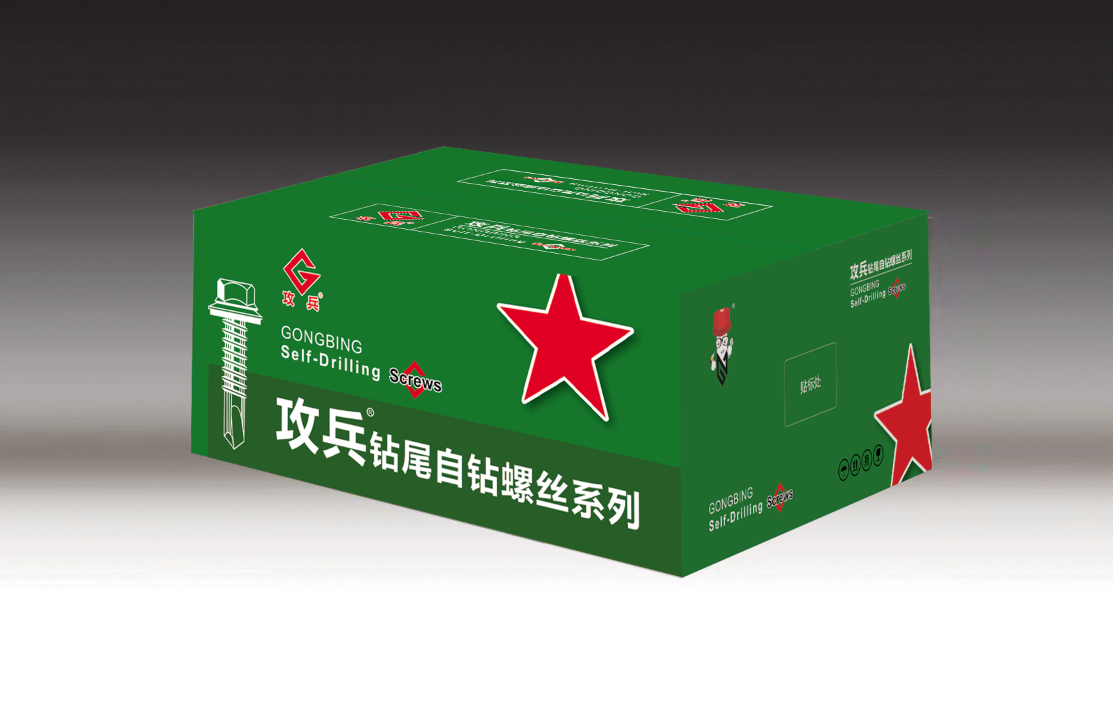design of foundation bolt
Design of Foundation Bolts Essential Considerations for Structural Integrity
Foundation bolts serve as critical components in construction, anchoring structures to their foundations securely and ensuring stability under various loads. The design of these bolts is paramount, as it directly influences the structural integrity and longevity of a building. This article explores key considerations in the design of foundation bolts, focusing on material selection, load-bearing capacity, and environmental factors.
Material Selection
The choice of materials for foundation bolts is crucial. Common materials include carbon steel, stainless steel, and alloy steel, each offering different properties suited for specific applications. Carbon steel is often favored for its strength and cost-effectiveness, while stainless steel offers superior corrosion resistance, making it ideal for environments exposed to moisture or chemicals. Additionally, the grade of the material significantly impacts the bolt's performance, with higher-grade bolts providing enhanced tensile strength and durability.
Load-Bearing Capacity
design of foundation bolt

Foundation bolts must be designed to withstand various loads, including tension, shear, and bending. The load-bearing capacity is determined by several factors, including the diameter and length of the bolt, the quality of the material, and the application of appropriate design codes and standards. Engineers must conduct thorough analyses to ensure that the bolts can safely support the anticipated loads throughout the structure's lifespan. This includes considering dynamic loads, such as wind and seismic forces, which can significantly affect the bolt's performance.
Environmental Factors
The design of foundation bolts must also take into account environmental conditions. Factors such as soil type, moisture levels, and temperature fluctuations can influence the choice of materials and coatings for the bolts. For instance, in corrosive environments, it may be necessary to apply protective coatings or use specially designed corrosion-resistant alloys. Additionally, the thermal expansion properties of the materials used should be assessed to prevent any adverse effects on the bolts due to temperature variations.
Conclusion
In summary, the design of foundation bolts is a critical aspect of structural engineering that requires careful consideration of various factors, including material selection, load-bearing capacity, and environmental conditions. By ensuring that these components are designed to meet specific requirements, engineers can enhance the safety and durability of structures, ultimately contributing to the success of construction projects. Attention to detail in the design phase can prevent costly failures and extend the service life of buildings, making it an essential focus for engineers and architects alike.
-
Weatherproof Plastic Expansion Anchors for Outdoorຂ່າວJun.06,2025
-
Sustainability in the Supply Chain: Eco-Friendly TEK Screws Productionຂ່າວJun.06,2025
-
Load-Bearing Capacity of External Insulation Fixingsຂ່າວJun.06,2025
-
Double Head Bolts: Enhancing Efficiency in Industrial Machineryຂ່າວJun.06,2025
-
Corrosion Resistance in Chipboard Screws: Coatings for Wholesale Durabilityຂ່າວJun.06,2025
-
Butterfly Toggle Bolts : Enhancing Structural Resilienceຂ່າວJun.06,2025
